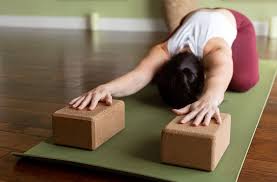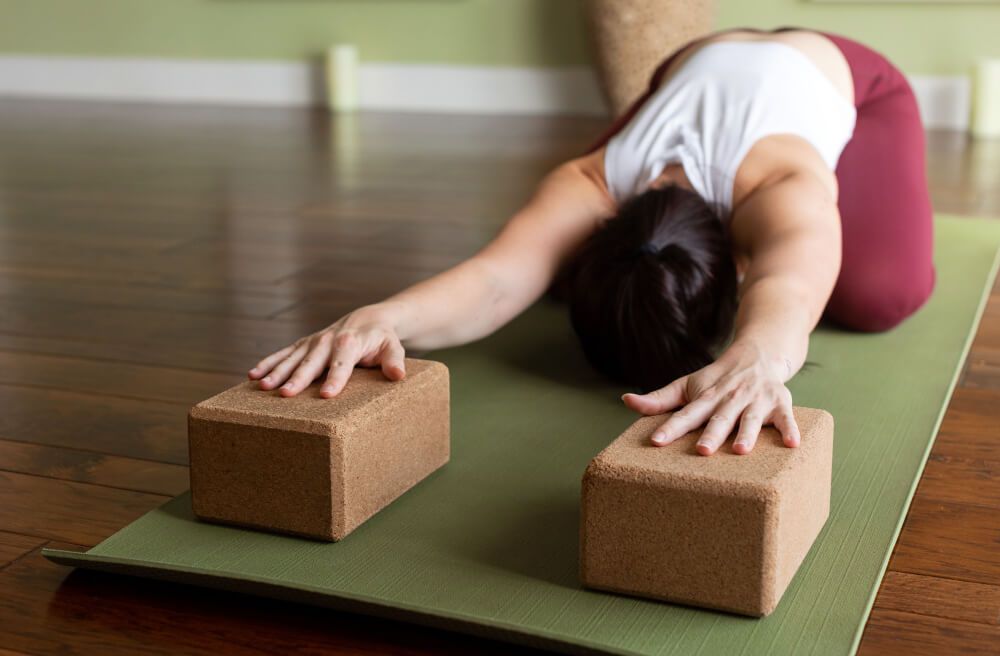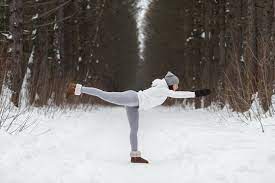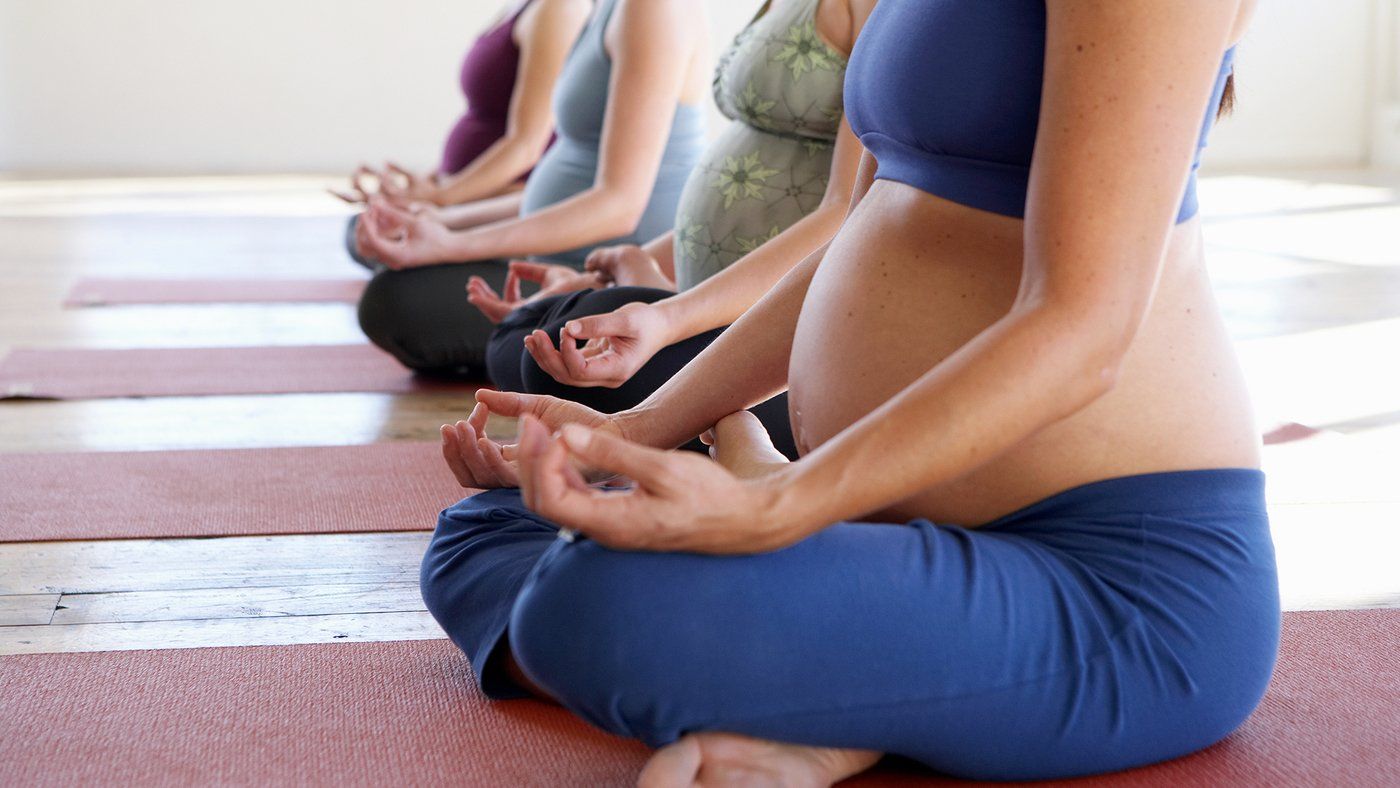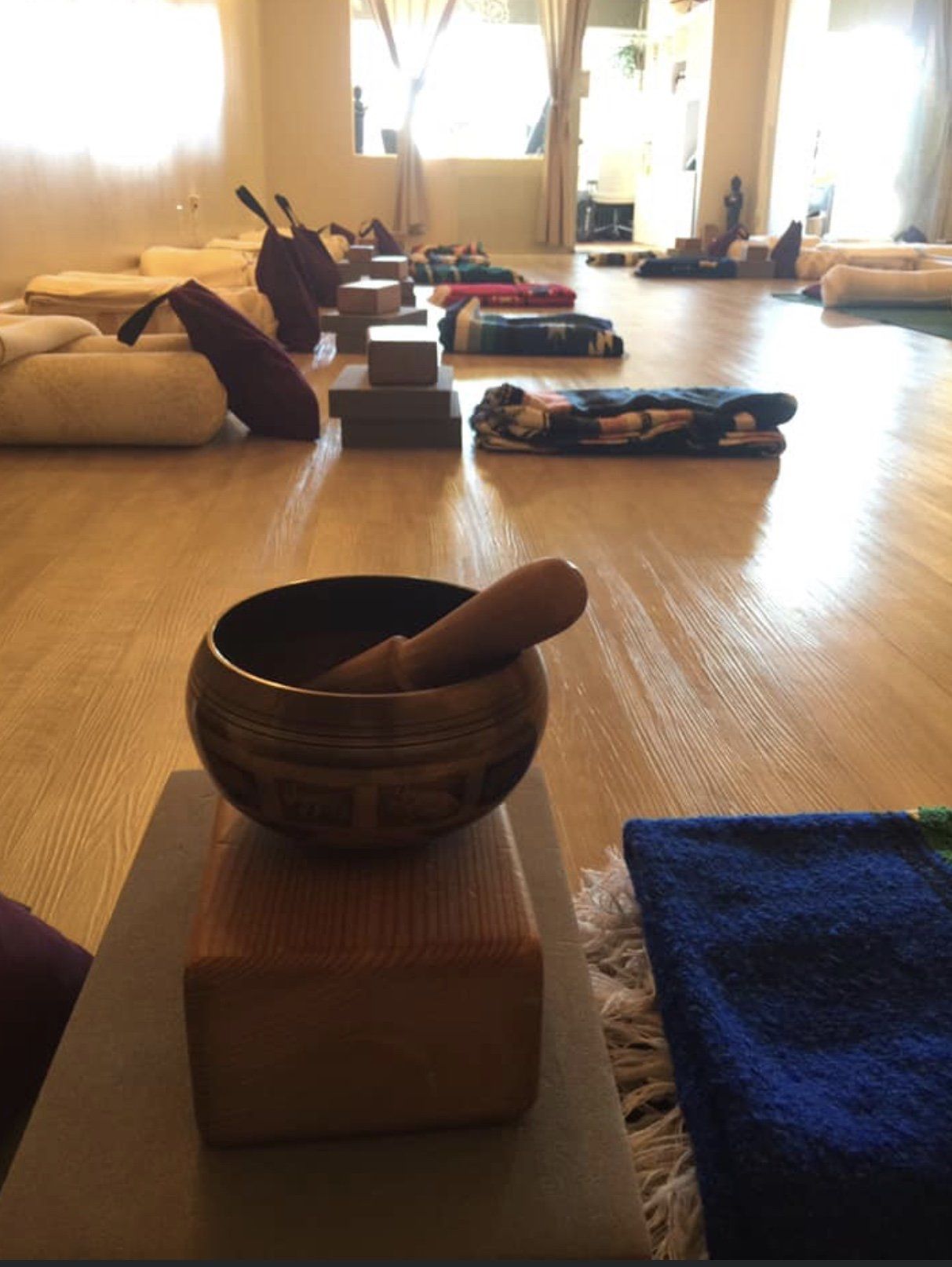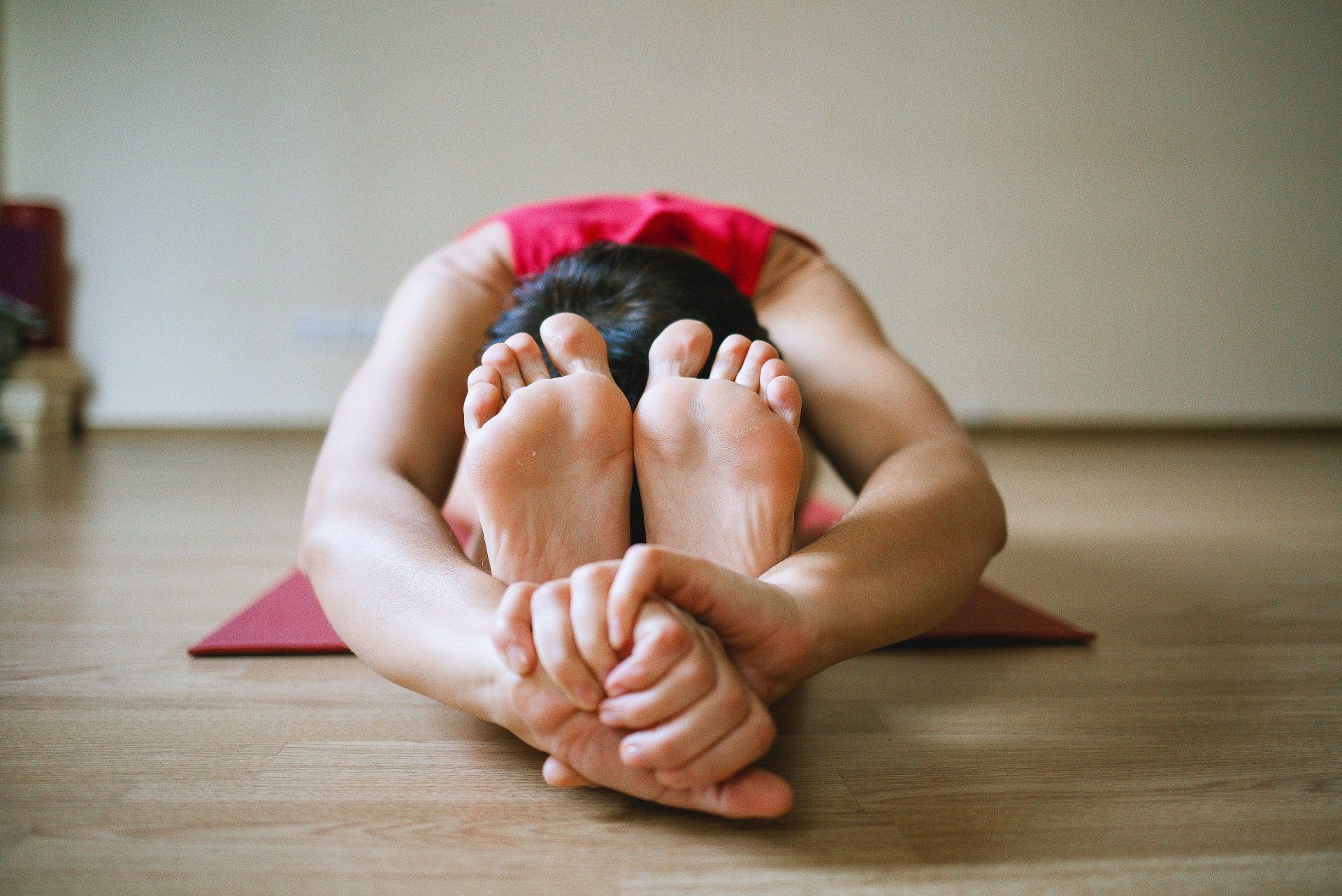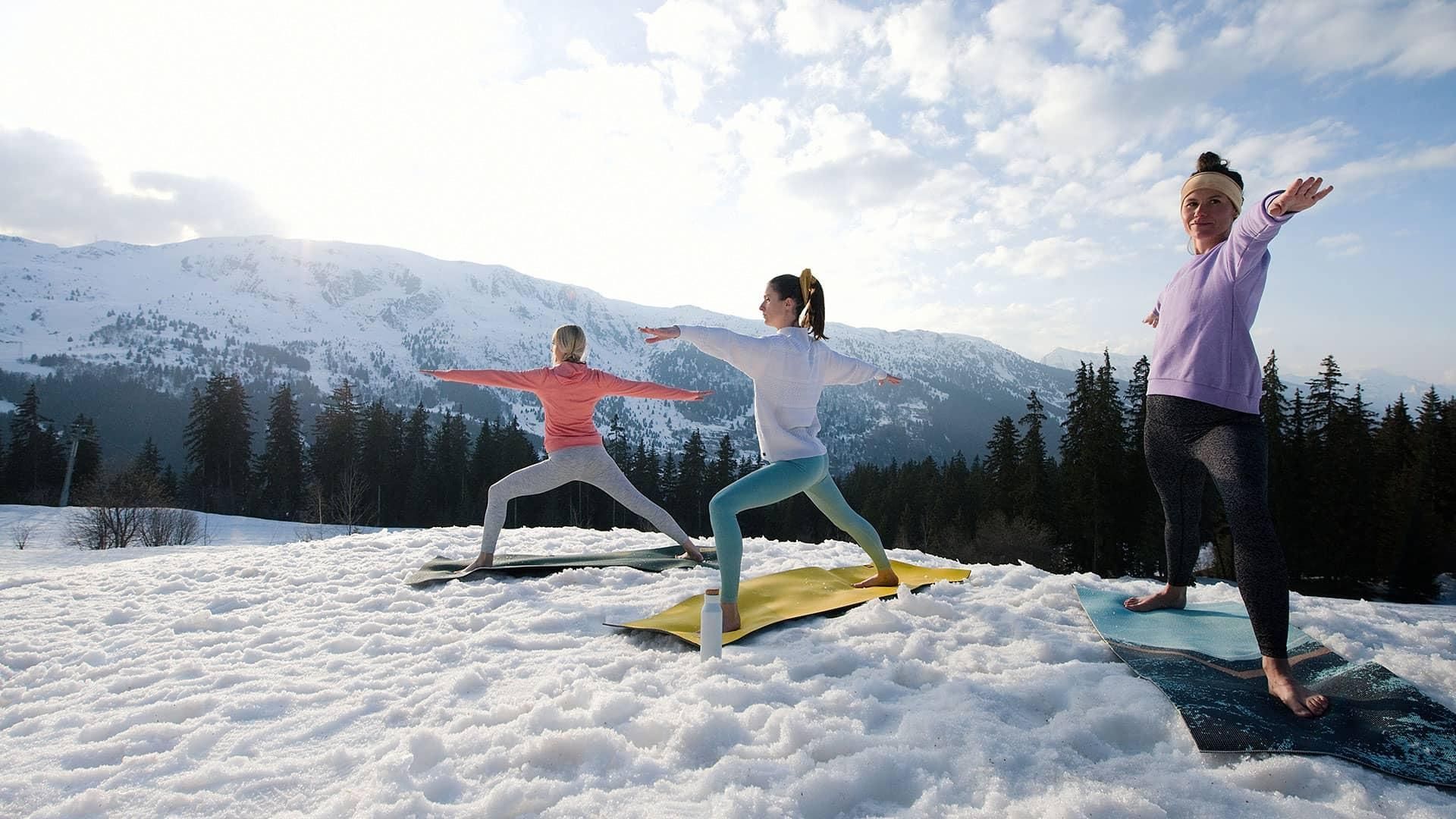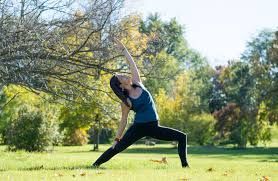10 Benefits of Yoga Inversions
- By Author: YOGANONYMOUS
- •
- 29 Jan, 2018
- •
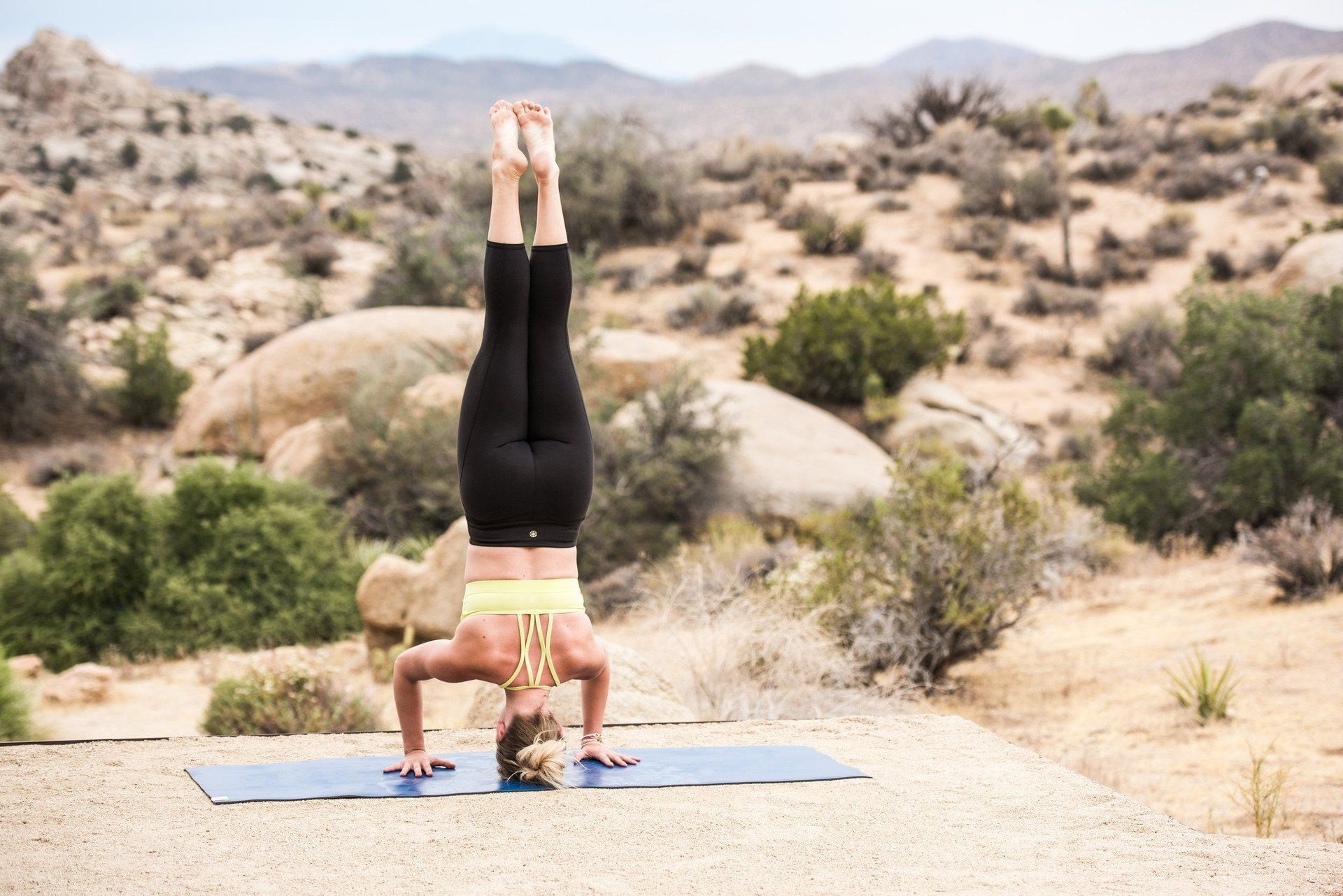
A yoga teacher’s suggestion to invert has the power to elicit a range of emotions from students: bewilderment, fear, anxiety, aversion, rejection, excitement, butterflies — you fill in the blank.
Purposely turning ourselves upside-down is contrary to our physical nature, and yet the benefits of upending ourselves are many. Just as yoga gently encourages us to move away from any unconscious habitual patterns, the invitation to invert is simply another way to shake things up, step out of a rut.
An inversion is most generally categorized as any asana in which the head is below the heart. And while Headstand, Handstand, Forearm Stand and Shoulder Stand immediately come to mind, there are gentler variations that may be more accessible for students early on in their inversion relationship: Downward Dog, Standing Forward Folds, Legs Up the Wall and Happy Baby are lovely ways in which to get things moving in new directions without jumping into the deep end.
Like all things in life, the suggestion to get upside-down should not be universally prescribed. There are certain contraindications that should be observed so as not to cause or exacerbate previous injuries or illnesses: unmedicated high blood pressure, some heart conditions, neck injuries, recent stroke, detached retina, glaucoma and epilepsy are common issues that should be addressed before inverting. Talk with your doctor and teacher if you are unsure about your status.
Additionally, the debate continues as to whether women on their “ladies’ holiday” should indeed take a vacation from inversions. I would suggest doing a little research for yourself, both in an academic as well as an experiential sense. Listen to your body and what feels appropriate as you move through your cycle. This might mean abstaining from or simply holding inversions for shorter periods of time — you are the ultimate judge.
Without further delay, here are 10 compelling reasons you should finish reading this article and get upside-down:
1. REVERSE THE BLOOD FLOW IN THE BODY AND IMPROVE CIRCULATION:
Work smarter, not harder! Use gravity to provide the brain with more oxygen and blood, thus improving mental function, including concentration, memory and processing abilities.
2. INCREASE IMMUNITY AND PREVENT ILLNESS:
The lymphatic system is a key player in keeping the body healthy. As lymph moves through the body it picks up toxins and bacteria to be eliminated by the lymph nodes. Because lymph moves as a result of muscle contractions and gravity, getting upside-down allows lymph to more easily travel into the respiratory system, where many of the toxins enter the body.
3. ENERGIZE:
Feeling that 3pm slump coming on? Get upside-down! Heating inversions such as Handstand, Headstand and Forearm Balance get more blood moving to the brain, which results not only in physical invigoration but mental revitalization as well.
4. RELAX:
While the heating inversions energize, inversions of the cooling type (Shoulder Stand and Legs Up the Wall) work to calm the nervous system, thereby activating the parasympathetic nervous system and producing feelings of balance and calm.
5. IMPROVE BALANCE:
Up the ante! Once you’ve mastered balancing on one or two legs, the obvious next step is finding equanimity on hands and head.
6. INCREASE CORE STRENGTH:
Of course inversions don’t just work your arms or legs — they’re total-body toners.
7. BUILD CONFIDENCE:
While that first kick up into Handstand might induce varying levels of trepidation, once we “get it,” things like that upcoming job interview suddenly don’t seem as daunting.
8. STAY HUMBLE:
And before we “get it,” those many attempts remind us of how much more we have to learn, and how truly it is about the journey, not simply the destination.
9. LITERALLY GIVE US A NEW PERSPECTIVE ON LIFE:
As we become accustomed to reacting to our world in a predictable way, inversions teach us through both physical example and metaphor that there is always another way to approach the situation/person/problem.
10. INVERSIONS ARE FUN:
Inversions reintroduce us to our inner child and remind us that though yoga is a contemplative endeavor in many ways, the asana practice is also a time to be playful and lighthearted!
